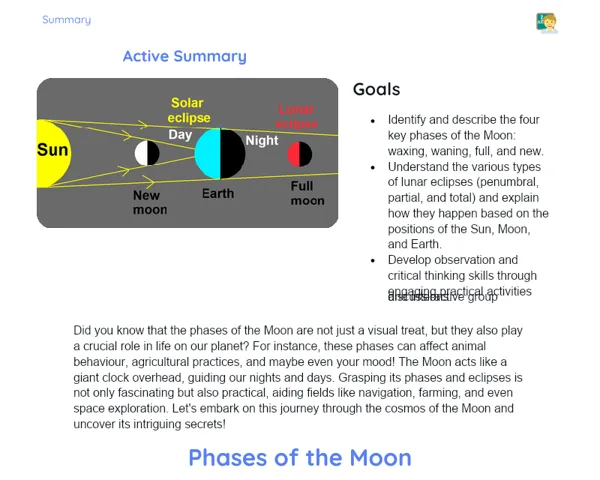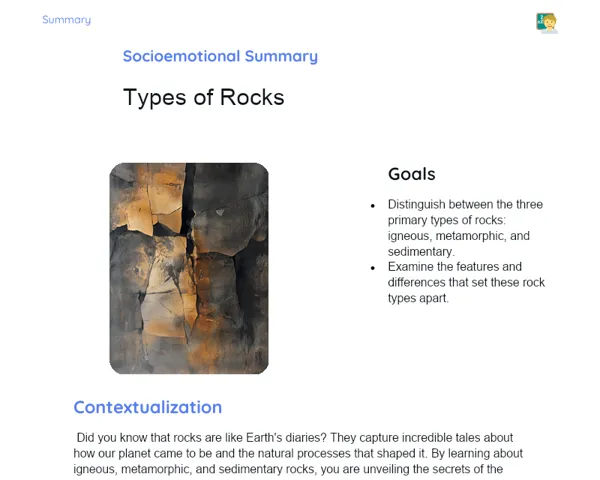Goals
1. To grasp the concept of an astronomical unit.
2. To learn how to convert distances into astronomical units.
3. To appreciate the significance and application of the astronomical unit.
Contextualization
The astronomical unit (AU) serves as a crucial measure in astronomy for conveying the immense distances between celestial objects within our solar system. One AU is roughly equivalent to the average distance between the Earth and the Sun, which is about 93 million miles (150 million kilometers). Familiarity with this concept is essential for recognizing the scale of our solar system, aiding in understanding how planets and other celestial entities are positioned relative to one another. This knowledge is invaluable not only in astronomy but also in navigating and exploring space. For example, space agencies utilize AU for precise route calculations and mission planning.
Subject Relevance
To Remember!
Astronomical Unit (AU)
The AU is a standard distance measurement used in astronomy to express the vast distances between celestial objects within our solar system. It is approximately equal to the average distance between the Earth and the Sun, about 93 million miles (150 million kilometers).
-
The AU aids in understanding the distances between the planets in our solar system.
-
It enables clear and effective communication between scientists globally.
-
The AU is crucial for planning space navigation and missions.
Distance Conversion to Astronomical Units
To convert distances into astronomical units, divide the distance in kilometers by the average distance between the Earth and the Sun (93 million miles or 150 million kilometers). This method streamlines how we discuss vast distances in space.
-
Conversions help standardize measurements, simplifying scientific communication.
-
This conversion makes it easier to compare distances between various celestial bodies intuitively.
-
Essential in trajectory calculations and planning for space missions.
Importance and Use of the Astronomical Unit
The astronomical unit is essential for modern astronomy and space exploration. It allows scientists and engineers to effectively describe and navigate through the cosmos.
-
It provides a more relatable way to describe extensive spatial distances.
-
Critical for developing and navigating space technologies like satellites and probes.
-
Adopted by space agencies and tech companies to strategize and implement space missions.
Practical Applications
-
Space Mission Planning: Organisations like ISRO and NASA apply the AU to plot mission routes.
-
Satellite Navigation: The AU is employed to ascertain the relative positions of satellites with respect to the Earth and other celestial objects.
-
Scientific Communication: The AU promotes the sharing of precise information among researchers globally.
Key Terms
-
Astronomical Unit (AU): A standard unit of distance in astronomy, roughly 93 million miles (150 million kilometers).
-
Distance Conversion: The process of translating distances from kilometers to astronomical units.
-
Space Navigation: The use of measurements like the AU for trajectory planning of spacecraft and satellites.
Questions for Reflections
-
How does the astronomical unit enhance communication among scientists and engineers around the globe?
-
What makes the astronomical unit a more practical measure for space distances rather than miles or kilometers?
-
In what ways do you envision the astronomical unit influencing future careers and projects related to space exploration?
Exploring Distances in Space
Let's apply what we’ve learned about the astronomical unit by creating a scale model of the solar system.
Instructions
-
Gather needed materials: string, ruler, paper, pens, and labels.
-
Decide on a point to represent the Sun.
-
Using the astronomical unit (1 AU = 93 million miles or 150 million km), measure and mark positions of the planets on the string relative to the Sun.
-
Label each planet and affix them to the corresponding spots along the string.
-
Compare your model with actual planetary distances and reflect on the usefulness of the astronomical unit.
-
Share your findings and explain how the astronomical unit aided in constructing the model.



